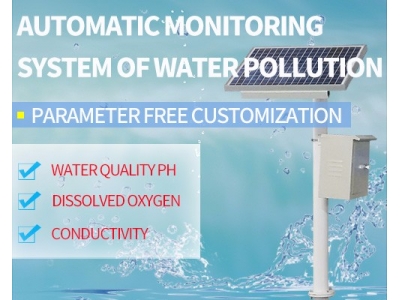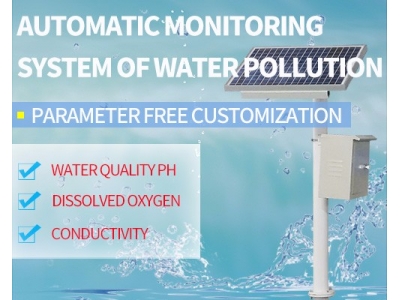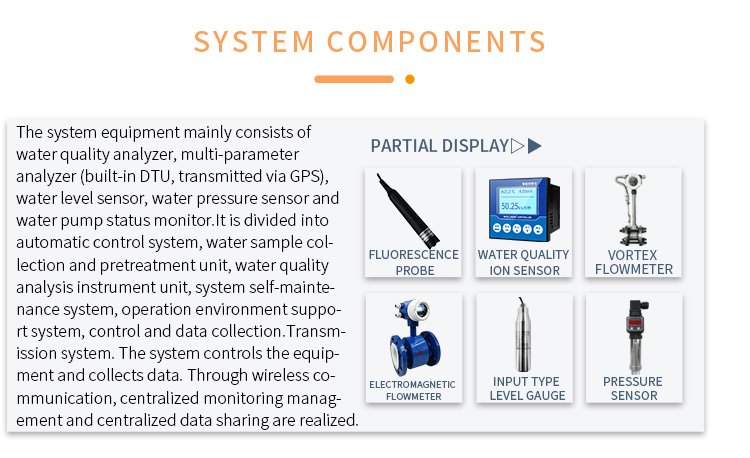
Water quality monitoring systems: components and importance
In this article, we will discuss the importance of water quality monitoring, and the components of a water quality monitoring system.

In this article, we will discuss the importance of water quality monitoring, and the components of a water quality monitoring system.
Water is one of the most important resources on the planet, and it is essential that we ensure its quality. With increasing pollution and contamination of water bodies, it has become crucial to develop an effective water quality monitoring system. A water quality monitoring system is a set of procedures and equipment used to measure and analyze the physical, chemical, and biological characteristics of water. The system is used to detect any changes in water quality, track pollutants, and ensure that the water is safe for human consumption, aquatic life, and recreational use. In this article, we will discuss the importance of water quality monitoring, and the components of a water quality monitoring system.

Water quality monitoring is essential for protecting human health, maintaining the ecological balance of aquatic systems, and ensuring that water resources are available for future generations. Water pollution can have severe consequences on human health, including waterborne diseases, cancer, and other illnesses. In addition, polluted water can harm aquatic life, reduce biodiversity, and negatively impact ecosystems. Monitoring water quality is, therefore, a critical part of managing water resources and ensuring their sustainability.

A water quality monitoring system comprises several components, including sensors, samplers, data loggers, telemetry systems, and laboratory equipment. Each of these components plays a crucial role in monitoring water quality and providing accurate data for analysis.

Sensors are devices used to measure various physical and chemical properties of water. Some of the most common sensors used for water quality monitoring include:
pH sensors: These sensors measure the acidity or alkalinity of water. pH is an essential parameter for assessing the suitability of water for various uses, including drinking, irrigation, and industrial processes.
Dissolved oxygen sensors: These sensors measure the amount of oxygen dissolved in water. Oxygen is essential for aquatic life, and its concentration can indicate the health of an aquatic ecosystem.
Turbidity sensors: These sensors measure the amount of suspended particles in water, which can affect water quality and aquatic life.
Conductivity sensors: These sensors measure the ability of water to conduct electricity, which can indicate the presence of dissolved salts and other dissolved solids.
Temperature sensors: These sensors measure the temperature of water, which can affect water quality and aquatic life.
Samplers are devices used to collect water samples for laboratory analysis. The type of sampler used will depend on the purpose of the sampling and the location of the water body. Some common types of samplers include:
Grab samplers: These samplers collect water samples at a specific point in time, typically using a bottle or jar.
Automatic samplers: These samplers collect water samples at regular intervals and can be programmed to collect samples based on specific parameters.
Depth-integrated samplers: These samplers collect water samples at different depths in a water column to assess vertical variations in water quality.
Data loggers are devices used to record and store data collected by sensors and samplers. They can be programmed to collect data at specific intervals and store it in internal memory or transmit it to a central database for analysis.
Telemetry systems are used to transmit data from remote sensors and loggers to a central database. These systems can use various technologies, including satellite, cellular, and radio communications.
Laboratory equipment is used to analyze water samples collected in the field. Some common laboratory equipment used for water quality monitoring include:
Spectrophotometers: These instruments measure the amount of light absorbed by water samples to determine the concentration of various pollutants.
Gas chromatographs: These instruments separate and identify different components of a water sample.